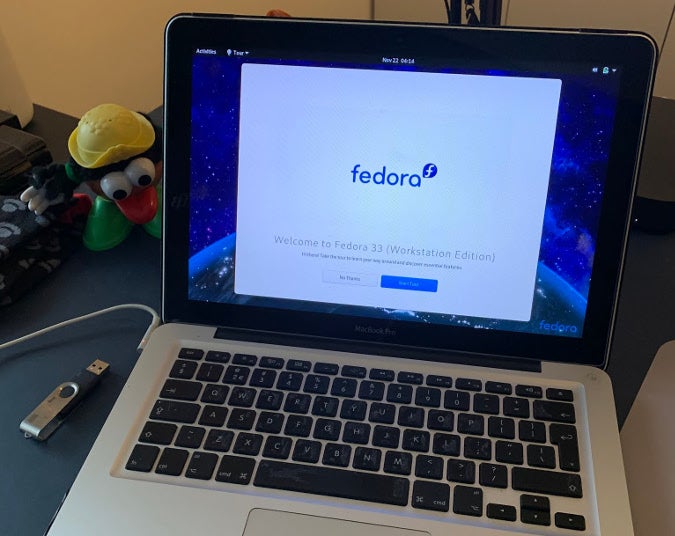
Have the time and disk space – a few minutes and 3 GB.Like the convenience of having Python and over 1,500 scientific packages automatically installed at once.Provides the following helpful distinction: Which one should you choose? The Conda documentation

In this post, I will demonstrate a useful short script for installing Miniconda directly from the command line on Linux and MacOS.įor the script 🚀 Miniconda vs Anaconda 🐍 # Has two main distributions: Anaconda (a full distribution with all the libraries of the PyData ecosystem pre-installed) and a bootstrap version called Miniconda which includes the conda package manager and the libraries it depends on only. Install Assistant will search for installation images.Conda is a very popular package manager for Python, particularly in the data science community.Once you have downloaded the Kali Linux Installer ISO Image, then open the Parallels Desktop application.First of all, download the Kali Linux ARM64 installer ISO image.Once you’ve successfully installed the Parallels Desktop application on your Mac M1 computer, then follow the below steps to install Kali Linux on Apple Mac M1. Follow all the steps to install the Parallels Desktop application on your Mac. You will be guided through the steps to download and install the Parallels Desktop application on your Mac M1 computer.

You will need a Parallels account to login, so first create your account and then login with it. Go to Parallels Desktop website and join the Technical Preview program. When I am writing this post, the Parallels Desktop for Mac with Apple M1 chip technical preview program is running. The Parallels Desktop development team has been working tremendously to bring the Parallels Desktop on Mac M1 since Apple has officially launched Mac Air, Mac Pro, and Mac Mini with M1 chip. To install Kali Linux on Mac M1, first of all, you need to download and install the Parallels Desktop application on your Mac.


 0 kommentar(er)
0 kommentar(er)
